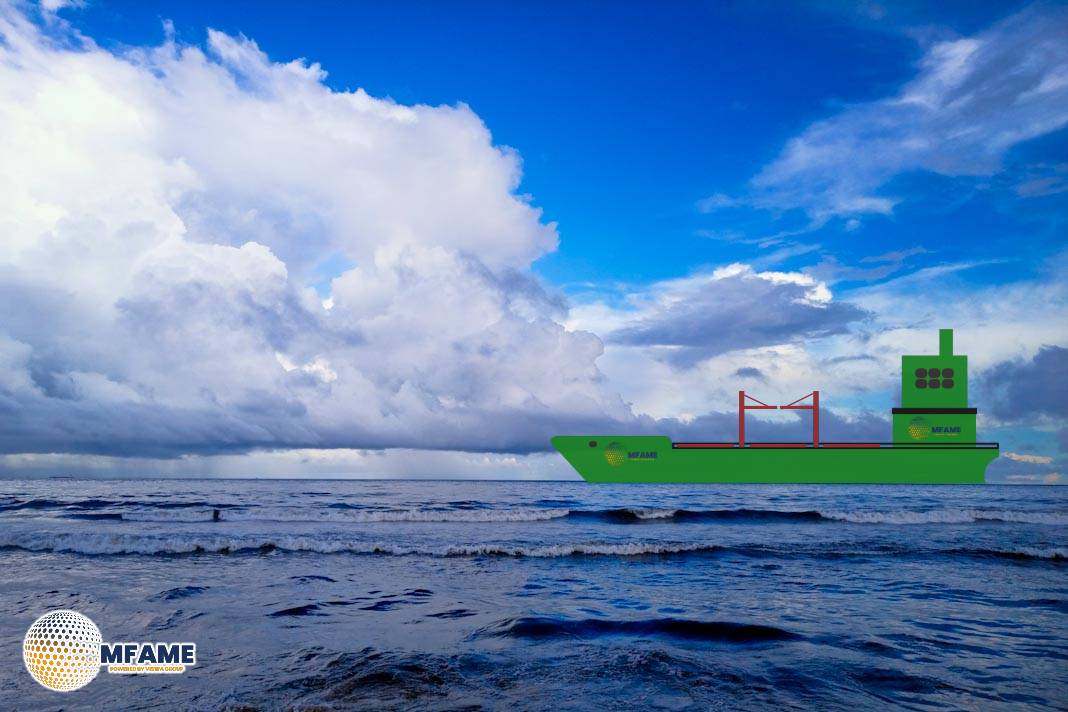With the Iran-Israel conflict now seemingly settled, the tanker market appears to be entering its anticipated summer phase, characterized by a notable surge in available tonnage in the East, reaching its highest levels of the year.
VLCC Market
The VLCC (Very Large Crude Carrier) market is experiencing a notable shift, particularly in the East. With the easing of the Iran/Israel conflict, the geopolitical risk premium that had previously buoyed rates has largely dissipated. Consequently, eastbound rates, which had reached triple-digit levels, have fallen by nearly 50% almost overnight.
- East: Tonnage availability in the East is now at its highest point of the year. This oversupply is creating a charterers’ market, where they have a wide selection of vessels and significant negotiating power, embodying the “if he does not take it, we will just go to someone else” sentiment.
- West: Conversely, tonnage in the West has thinned out, but there hasn’t been a corresponding increase in cargo volume. This imbalance is likely to attract some ballasters (vessels sailing without cargo) from the East, but until volume picks up, rates are unlikely to rebound significantly. The West-East arbitration (arbitrage) is not currently working in owners’ favor, further hindering any upward movement in rates.
VLCC rates for the benchmark Middle East-to-Asia route have fallen to approximately $25,000 per day, down over 40% from peak rates of $42,000 in April. While there is a general expectation for a downturn in crude oil tanker rates from summer to Q3, a late surge in Asian oil demand towards the end of June provided a supportive element.
Suezmax Market
The Suezmax market is also facing downward pressure, particularly in West Africa.
- West Africa: Over 30 vessels are expected to be available (ETS – Estimated Time of Sailing) within five days or are already FOC (Free on Charter). While 8 of the 13 FOC ships are ex-UKC (UK Continent) and might be tempted by USG/TA (US Gulf/Transatlantic) opportunities around the 19th-20th July window, this might only slightly prop up rates. TD20 (West Africa to Continent) rates are around WS 85 and are under further downward pressure.
- US Gulf/Transatlantic: Rates for the 20th onwards are capped at WS 72.5, with pressure to drop to WS 70. However, the prompt window in the US Gulf remains surprisingly tight, indicating localized demand.
- Aframax Influence: Within the mid-to-high WS 60s, Aframaxes are providing a “spongy base,” suggesting they might absorb some demand, but they are also prone to softening as owners try to secure healthy earnings through the summer.
- Black Sea/East Mediterranean: The Black Sea has seen discreet activity, with several East Mediterranean and UKC-GIB vessels reportedly securing hidden deals, pulling some tonnage off the visible list.
- East of Suez: Suezmax rates East of Suez are currently valued higher than a single VLCC, creating a dilemma that also affects Aframaxes on TD8. As such, significant activity is not expected unless rates realign into the WS 90s to justify the premium. Overall, Suezmax deliveries in 2025 are projected to surpass their five-year average, potentially adding to tonnage supply.
Aframax Market
The Aframax market shows regional variations, with a generally softer tone in the Mediterranean.
- North Sea: Most of the first decade of July stems have been covered, resulting in limited recent market activity due to extensive programming. The second decade of July appears to have similar volumes. Surrounding markets are not providing much in the way of alternative opportunities for tonnage. Owners should anticipate tonnage availability to continue climbing, and if the lack of activity persists, charterers are likely to test market levels downwards.
- Mediterranean: Rates are moving sideways with a softer tone. Dates for all ports are now well into the second decade of July. Owners appear less resistant to lower rates, as current returns are still decent for this time of year, and overall activity remains sluggish this week. The tonnage list for local runs is balanced, with a sufficient number of vessels still available for charterers to choose from. While Aframax rates in the Caribbean to US Gulf have seen increases previously, the cross-Mediterranean rates had remained stable. The broader Aframax market is expected to grow significantly in coming years, driven by rising demand for crude oil and refined product transportation.
Did you subscribe to our daily Newsletter?
It’s Free Click here to Subscribe!
Source: Fearnleys
















